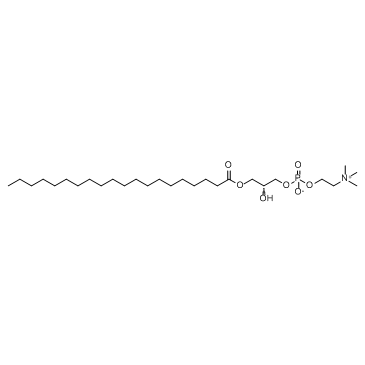Endogenous Metabolite
Metabolite results when a drug is metabolized into a modified form which continues to produce effects. A metabolome in a given body fluid is influenced by endogenous factors such as age, sex, body composition and genetics as well as underlying pathologies.The levels of the enormous array of unique small-molecule metabolites are usually kept tightly regulated by the activity of a very large array of enzymes and transporters responsible for the production, transformation, degradation, and compartmentalization of these small molecules.The levels of the endogenous small molecules present in the brain are normally tightly regulated.
Targets for Endogenous Metabolite
Products for Endogenous Metabolite
- Cat.No. Product Name Information
-
GC11282
β-Estradiol
β-Estradiol, Estradiol, 17β-Oestradiol, E2
Sex hormone
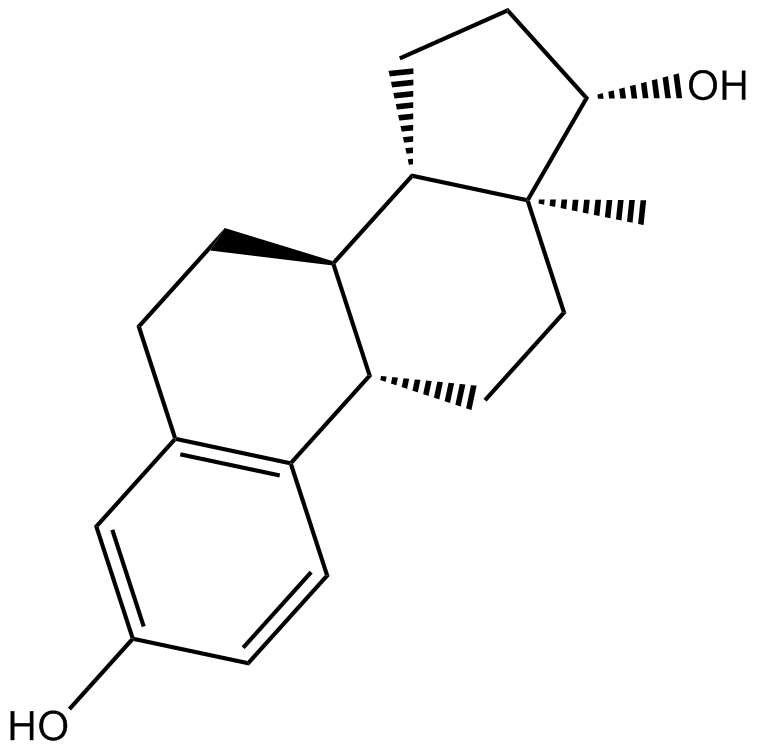
-
GC41183
α-Carotene
all-trans-α-Carotene
α-Carotene is a precursor of vitamin A that has been found in various fruits and vegetables.

-
GC48948
α-Ketoglutaric Acid (sodium salt)
α-KGA, 2-Oxoglutaric Acid
α-Ketoglutaric Acid (sodium salt) (Alpha-Ketoglutaric acid Sodium) is an intermediate in the production of ATP or GTP in the Krebs cycle.
-
GC40718
α-Muricholic Acid
5β-Cholanic Acid-3α,6β,7α-triol
α-Muricholic acid is a murine-specific primary bile acid.

-
GC38287
α-Pyridone
α-Pyridone is an endogenous metabolite.
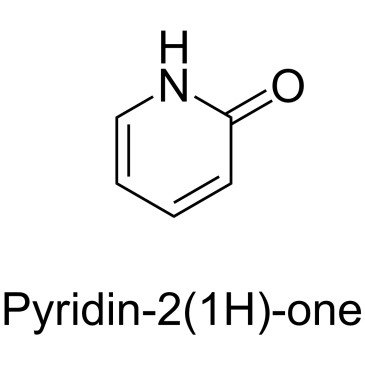
-
GC63275
β-Cryptoxanthin
β-Cryptoxanthin ((3R)-β-Cryptoxanthin), isolated from Satsuma mandarin orange, is an oxygenated carotenoid and a potent antioxidant.
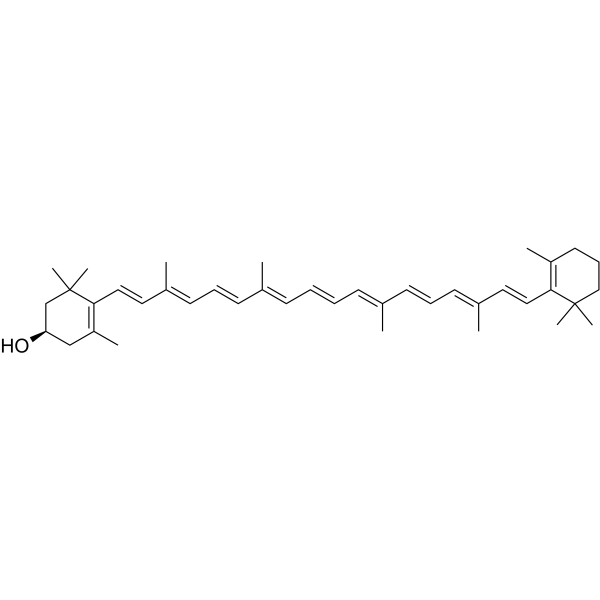
-
GC40777
β-D-Glucose
NSC 287045
D-Glucose, a naturally occurring monosaccharide found in plants, is the primary energy source for living organisms.

-
GC66842
β-Methylcrotonyl coenzyme A lithium
β-Methylcrotonyl coenzyme A lithium is an intermediate in leucine metabolism and can be used as a substrate to study the specificity and kinetics of β-methylcrotonyl coenzyme A carboxylase (MCCase).
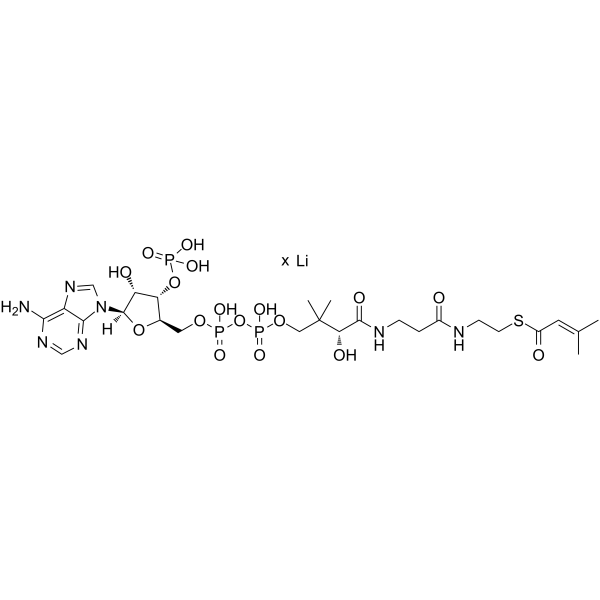
-
GC40719
β-Muricholic Acid
5β-Cholanic Acid-3α,6β,7β-triol, β-MCA
β-Muricholic acid is a naturally occurring trihydroxy hydrophilic bile acid, as a biliary cholesterol-desaturating agent and facilitates the dissolution of cholesterol gallstones.
-
GC67484
β-Nicotinamide adenine dinucleotide reduced dipotassium
β-Nicotinamide adenine dinucleotide reduced dipotassium is an orally active reduced coenzyme. β-Nicotinamide adenine dinucleotide reduced dipotassium is a donor of ADP-ribose units in ADP-ribosylaton reactions and a precursor of cyclic ADP-ribose. β-Nicotinamide adenine dinucleotide reduced dipotassium plays a role as a regenerative electron donor in cellular energy metabolism, including glycolysis, β-oxidation and the tricarboxylic acid (TCA) cycle.
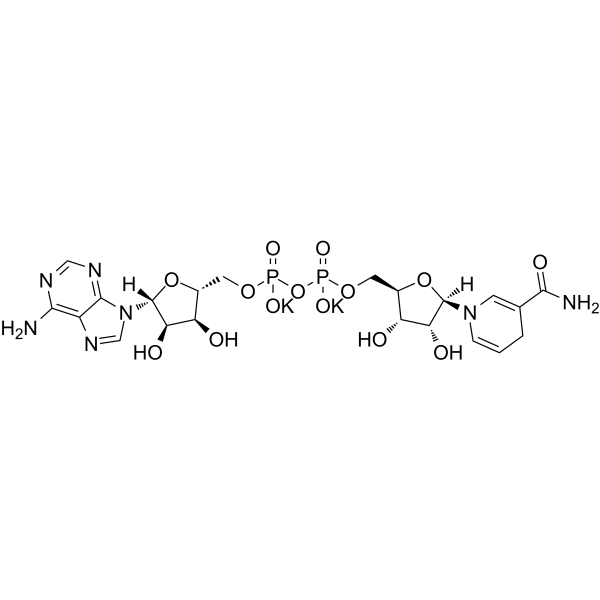
-
GC38010
γ-Aminobutyric acid
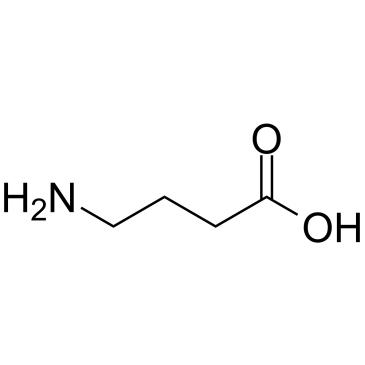
-
GC63279
γ-Glu-Gly TFA
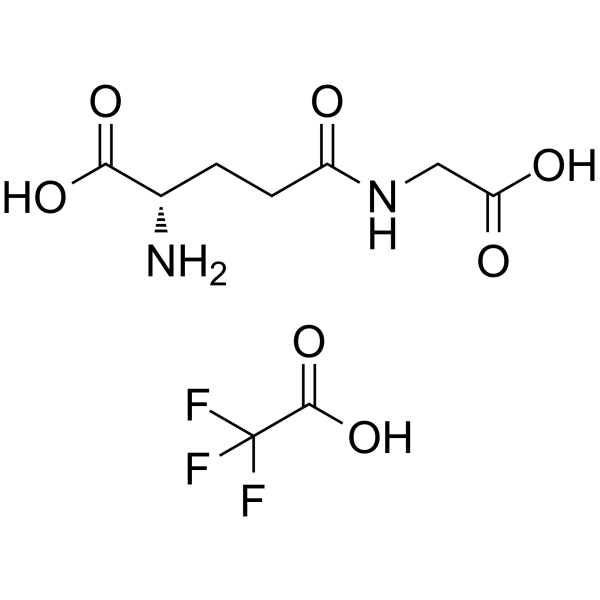
-
GC15975
α-Estradiol
Alfatradiol, α-Estradiol, 17-epi Estradiol, NSC 20293, 17α-Oestradiol
α-Estradiol is a weak estrogen and a 5α-reductase inhibitor which is used as a topical medication in the treatment of androgenic alopecia.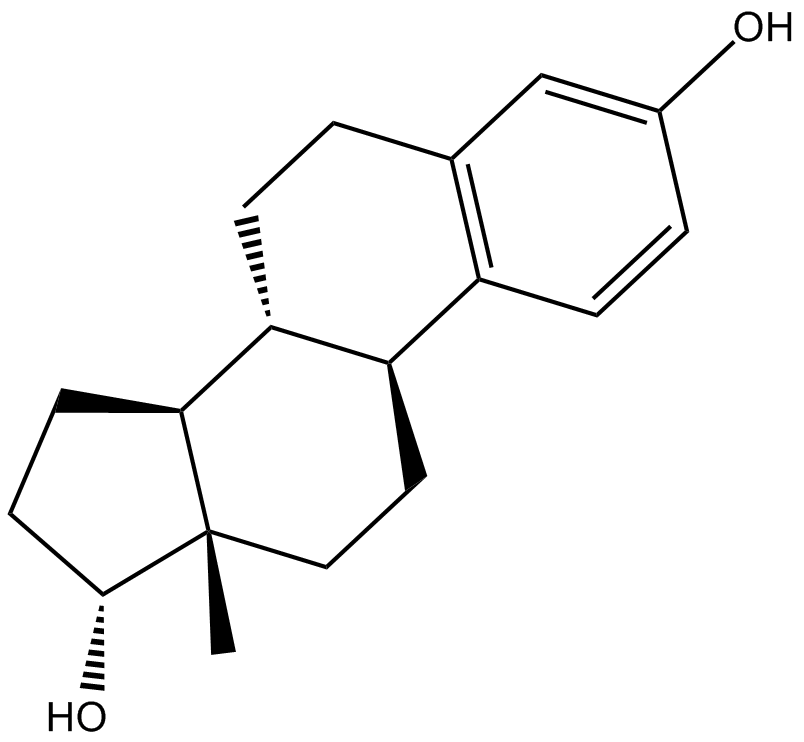
-
GC30187
γ-Glu-Phe (γ-Glutamylphenylalanine)
γ-Glutamylphenylalanine
γ-Glu-Phe (γ-Glutamylphenylalanine) (γ-Glutamylphenylalanine) is synthesized by Bacillus amyloliquefaciens (GBA) and Aspergillus oryzae (GAO).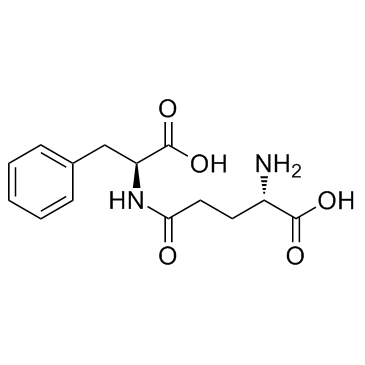
-
GC41670
(±)-Epinephrine (hydrochloride)
(±)-Adrenaline, DL-Adrenaline, DL-Epinephrine
(±)-Epinephrine is a natural neurotransmitter that is released from the adrenal medulla and activates adrenoceptors (Kis = 15, 735, and 3,970 nM for α1A-, β2-, and β1-adrenergic receptors, respectively).
-
GC38369
(±)-Leucine

-
GC65599
(±)-Leucine-d10
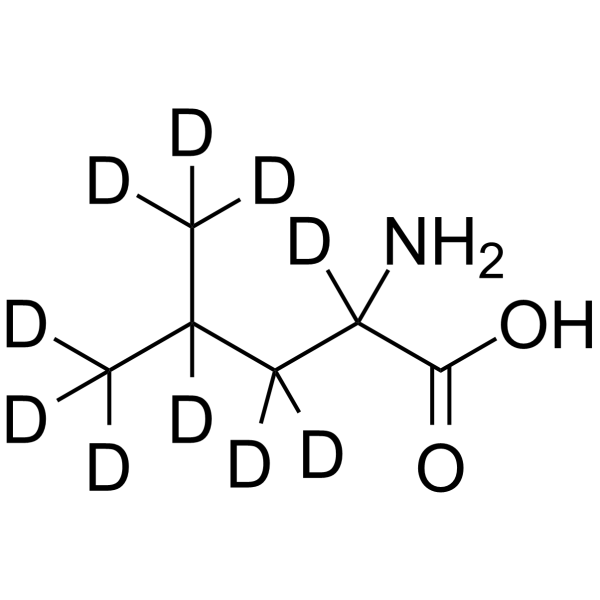
-
GC39271
(±)-Naringenin
SDihydrogenistein, NSC 11855, NSC 34875, Salipurol
A citrusderived flavonoid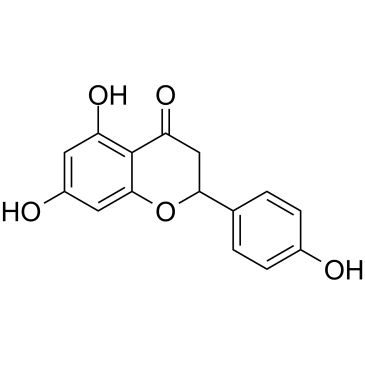
-
GC13890
(±)-Palmitoylcarnitine chloride
C16:0 Carnitine, CAR 16:0, DL-Carnitine hexadecanoyl ester, DL-Carnitine palmitoyl ester, Hexadecanoyl-DL-carnitine, DL-Hexadecanoylcarnitine, NSC 628323, DL-Palmitoylcarnitine
intermediate in mitochondrial fatty acid oxidation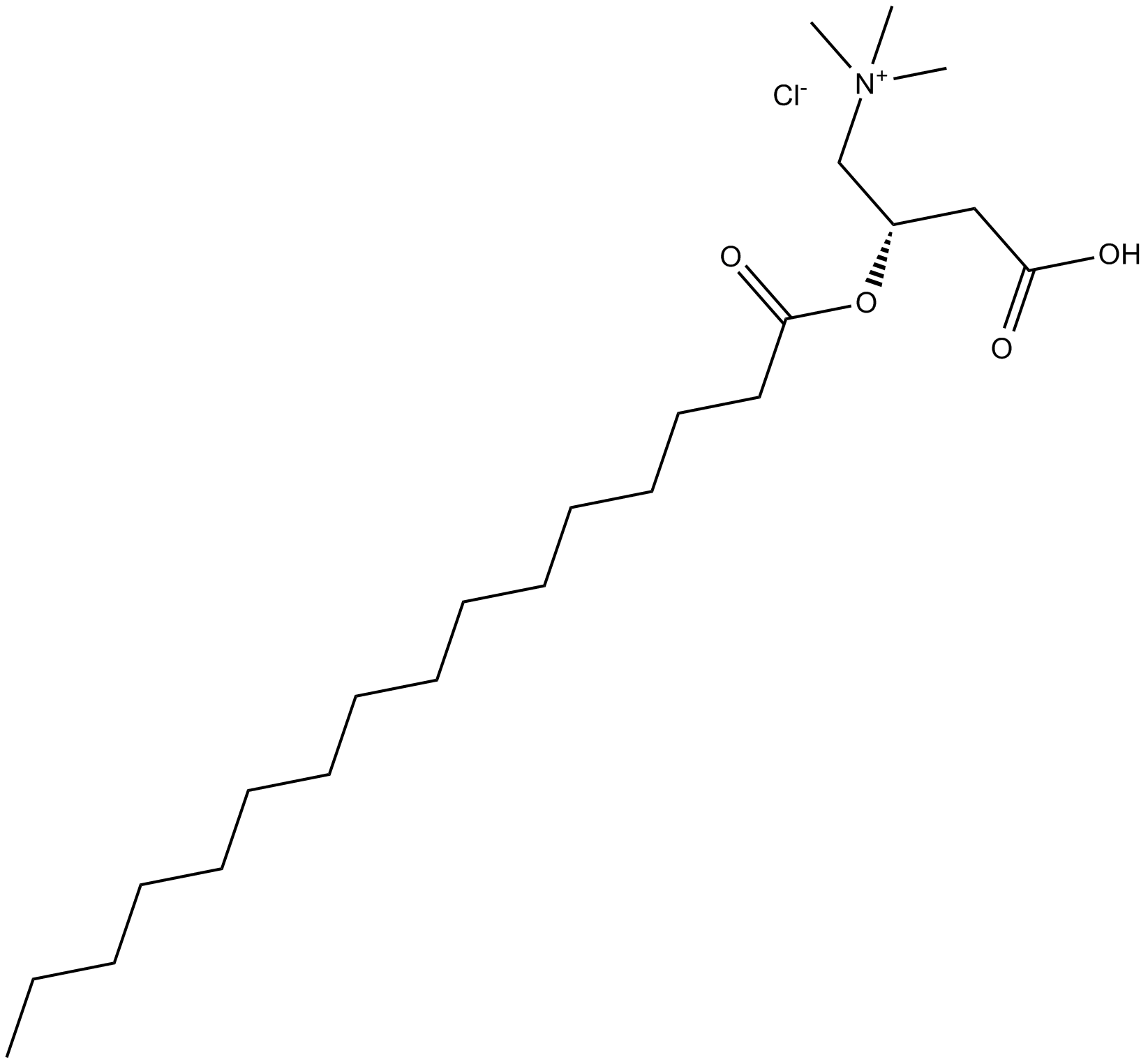
-
GC19444
(±)20-HDHA
20hydroxy Docosahexaenoic Acid, (±)20HDoHE
An autoxidation product of DHA and potential marker of oxidative stress
-
GC40442
(±)8-HETE
(±)8-Hydroxyeicosatetraenoic Acid
(±)8-HETE is one of the six monohydroxy fatty acids produced by the non-enzymatic oxidation of arachidonic acid.
-
GC30586
(±) Anabasine
(±) Anabasine is a biphasic muscle relaxant.
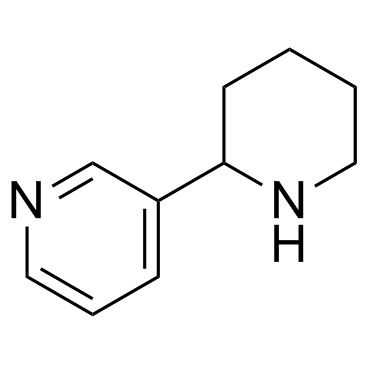
-
GC61647
(+)-Longifolene
(+)-Longifolene is a sesquiterpenoid and a metabolite in rabbits.
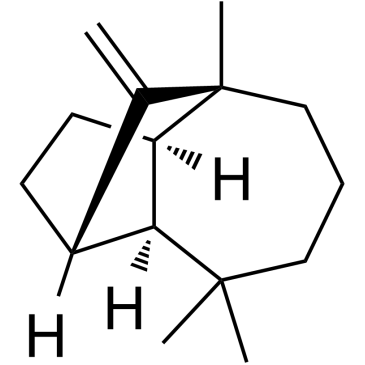
-
GC10675
(+,-)-Octopamine HCl
β,4-Dihydroxyphenethylamine, Epirenor, Norfen, NSC 108685, (±)-4-Octopamine, (±)-p-Octopamine
Octopamine ((±)-p-Octopamine) hydrochloride, a biogenic monoamine structurally related to noradrenaline, acts as a neurohormone, a neuromodulator and a neurotransmitter in invertebrates.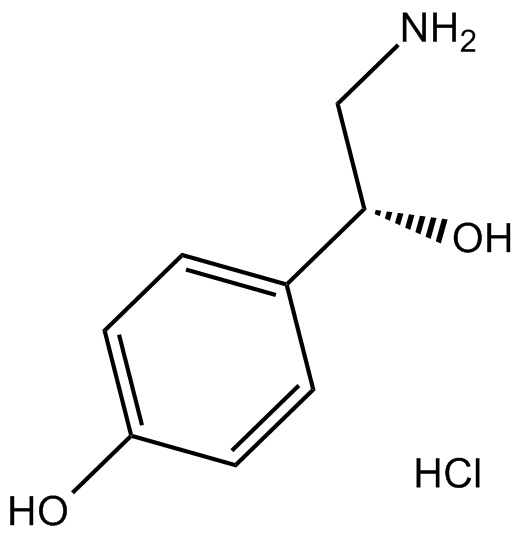
-
GC45245
(-)-Caryophyllene oxide
BCP oxide, β-Caryophyllene epoxide, β-Caryophyllene oxide
(-)-Caryophyllene oxide is a bicyclic sesquiterpene and a metabolite of β-caryophyllene that has been found in C.
-
GC17470
(-)-Cotinine
NIH 10498
α3/α6β2 nAChR activator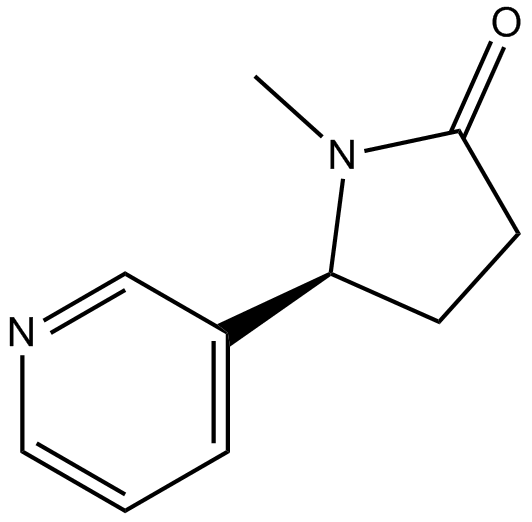
-
GC31620
(-)-Fucose (6-Desoxygalactose)
6-deoxy-L-Galactose
(-)-Fucose (6-Desoxygalactose) is classified as a member of the hexoses, plays a role in A and B blood group antigen substructure determination, selectin-mediated leukocyte-endothelial adhesion, and host-microbe interactions.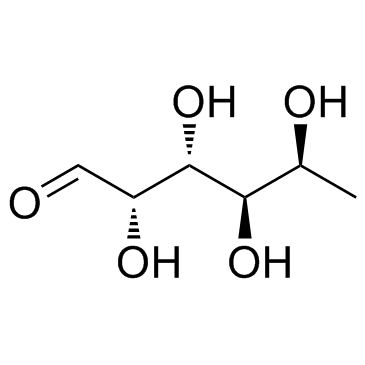
-
GC34951
(-)-Menthol
L-Menthol, (1R,2S,5R)-(-)-Menthol, NSC 62788
A monoterpene with diverse biological activities
-
GC38299
(2-Aminoethyl)phosphonic acid
(2-Aminoethyl)phosphonic acid is an endogenous metabolite.
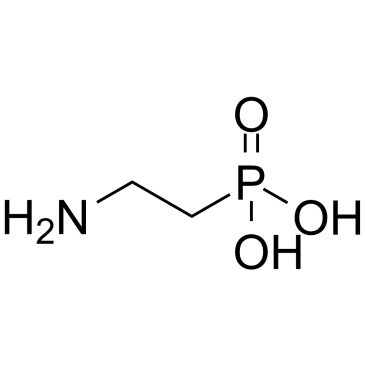
-
GC38265
(2R,3R)-2,3-Dihydroxysuccinic acid
(2R,3R)-2,3-Dihydroxysuccinic acid (L-(+)-Tartaric acid) is an endogenous metabolite.

-
GC62731
(2R,3R)-Butane-2,3-diol
(2R,3R)-Butane-2,3-diol is an endogenous metabolite.

-
GC38296
(2S,3R,4S,5R)-2-Amino-3,4,5,6-tetrahydroxyhexanal hydrochloride
(2S,3R,4S,5R)-2-Amino-3,4,5,6-tetrahydroxyhexanal hydrochloride is an endogenous metabolite.

-
GC33797
(3-Carboxypropyl)trimethylammonium chloride
(3-Carboxypropyl)trimethylammonium chloride is angiopathic substance produced as an intermediary metabolite by gut microbiota that feed on carnitine in dietary red meat.
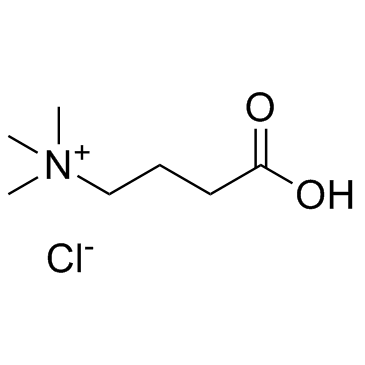
-
GC38144
(3S,4R,5S)-1,3,4,5,6-Pentahydroxyhexan-2-one
A monosaccharide
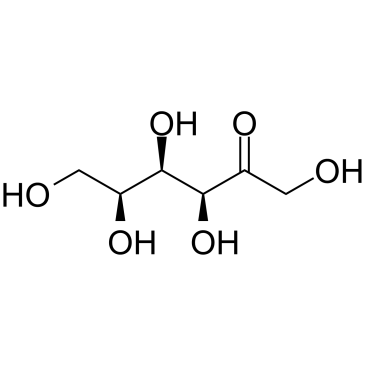
-
GC38283
(3S,4S,5R)-1,3,4,5,6-Pentahydroxyhexan-2-one
(3S,4S,5R)-1,3,4,5,6-Pentahydroxyhexan-2-one (D-(-)-Tagatose) is a rare monosaccharide found in nature with prebiotic characteristics.

-
GC12395
(D)-(+)-Neopterin
(D)-(+)-Neopterin (D-(+)-(D)-(+)-Neopterin), a catabolic product of guanosine triphosphate (GTM), serves as a marker of cellular immune system activation.
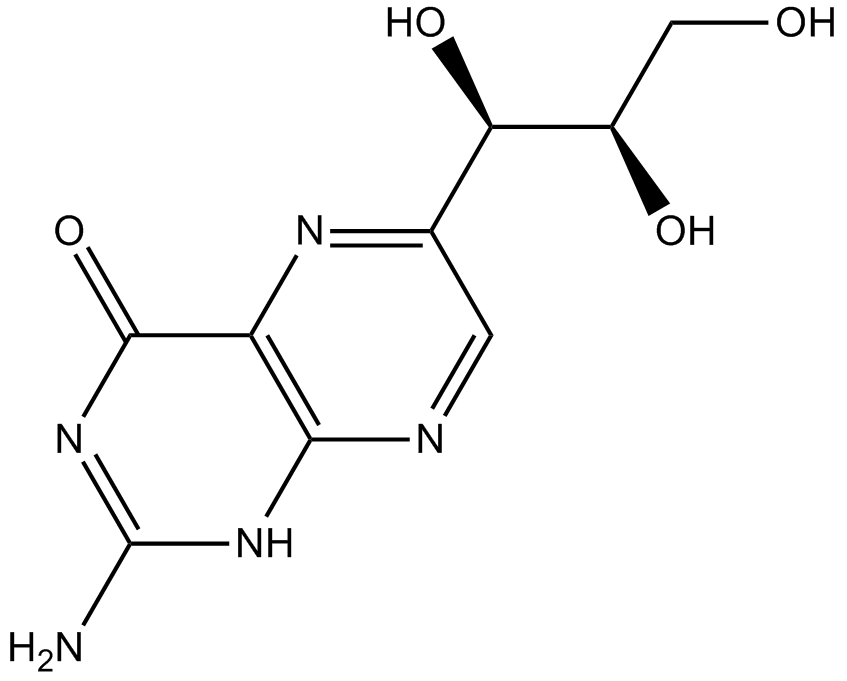
-
GC65239
(E)-3,4-(Methylenedioxy)cinnamic acid
(E)-3,4-(Methylenedioxy)cinnamic acid is a cinnamic acid derivative obtained from the stem bark of Brombya platynema.
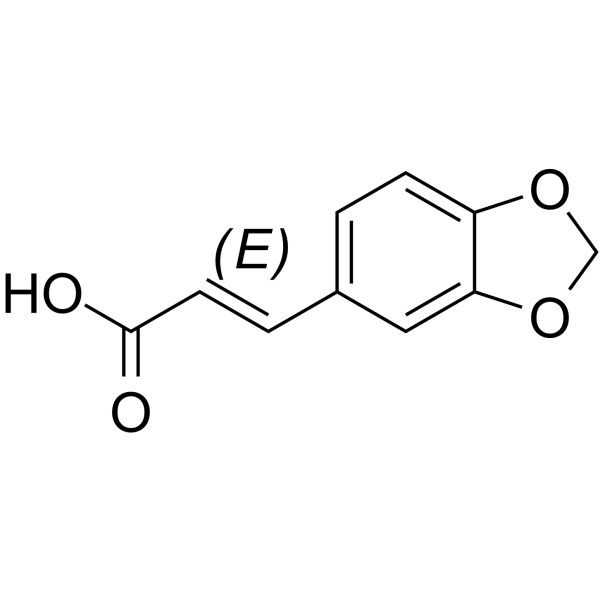
-
GC38684
(E)-m-Coumaric acid
(E)-m-Coumaric acid (3-Hydroxycinnamic acid) is an aromatic acid that highly abundant in food.
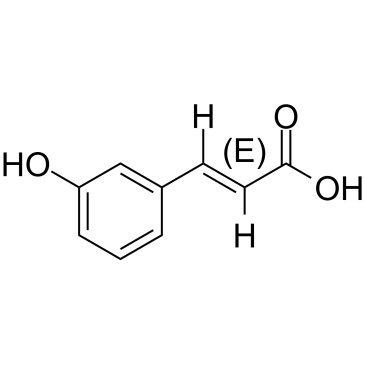
-
GC62734
(E)-Oct-2-enoic acid
(E)-Oct-2-enoic acid is an endogenous metabolite.
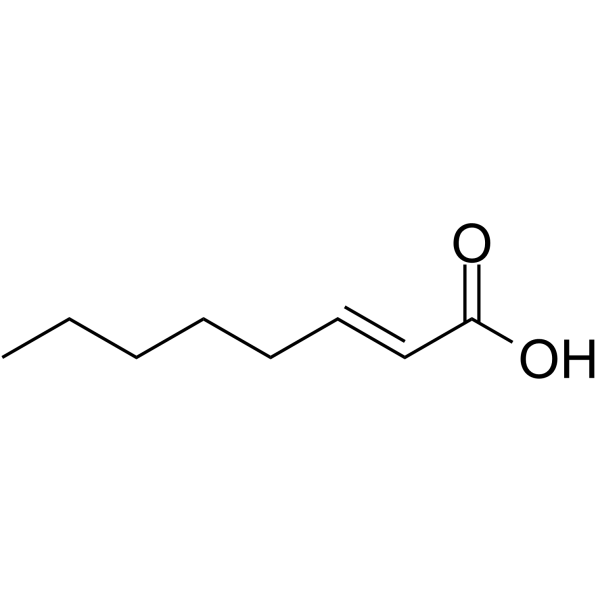
-
GC60404
(Ethoxymethyl)benzene
(Ethoxymethyl)benzene is an endogenous metabolite.
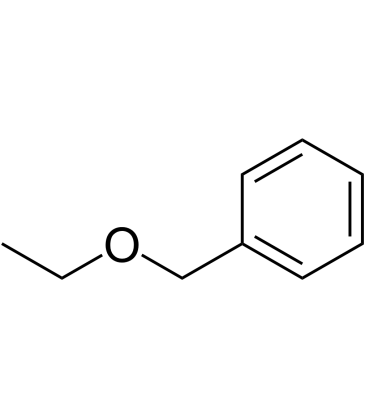
-
GA11210
(H-Cys-OH)2
(–)-Cystine, NSC 13203
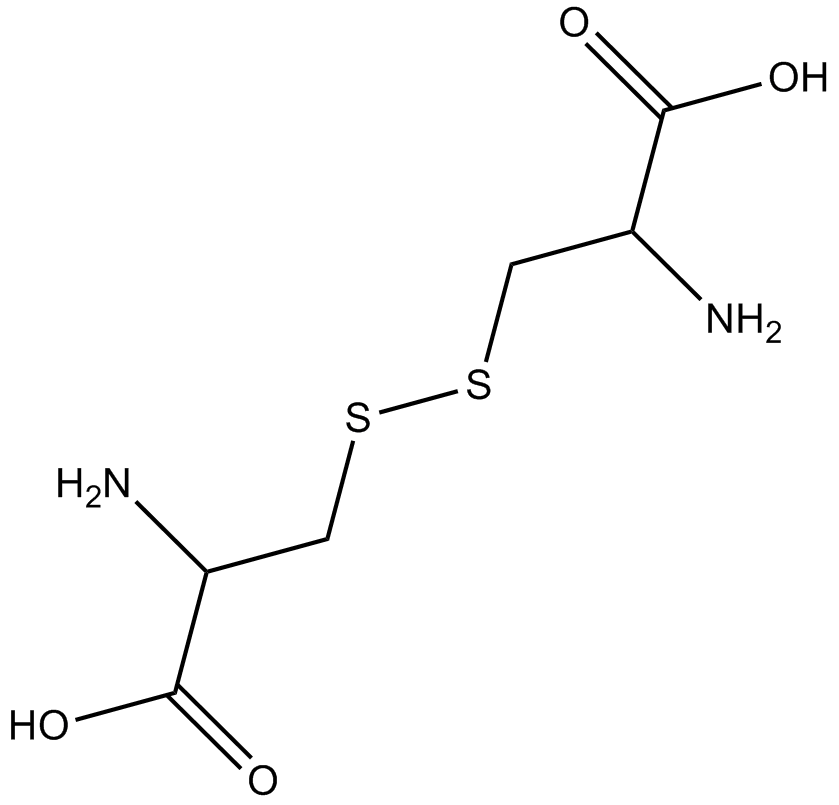
-
GC41721
(R)-α-Lipoic Acid
(R)-(+)-Lipoic Acid
(R)-α-Lipoic acid is the naturally occurring enantiomer of lipoic acid, a cyclic disulfide antioxidant.
-
GC34442
(R)-(+)-Citronellal
(R)-(+)-Citronellal, isolated from citrus, lavender and eucalyptus oils, is a monoterpenoid and main component of citronellal oil with a distinct lemon scent.
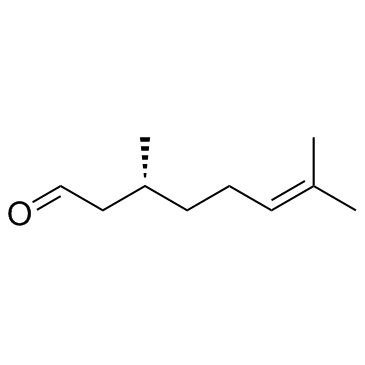
-
GC38262
(R)-(-)-1,3-Butanediol
(R)-(-)-1,3-Butanediol is used to regulate the metabolism of carbohydrate and lipid.
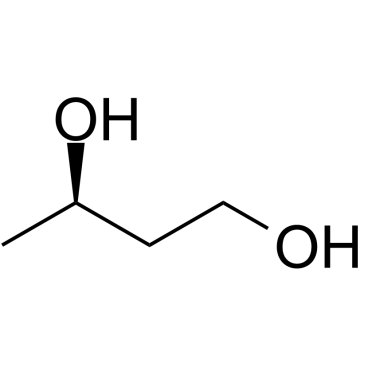
-
GC30210
(R)-3-Hydroxybutanoic acid
(R)-3-Hydroxybutanoic acid is a metabolite, and converted from acetoacetic acid catalyzed by 3-hydroxybutyrate dehydrogenase.
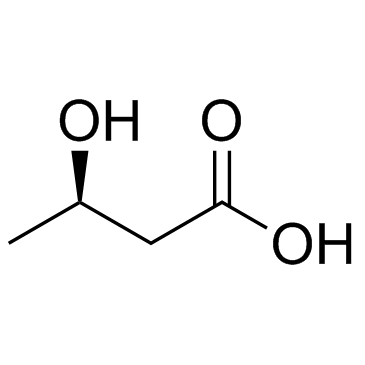
-
GC61759
(R)-3-Hydroxybutanoic acid sodium
(R)-3-Hydroxybutanoic acid sodium ((R)-3-Hydroxybutyric acid) is a metabolite converted from acetoacetic acid catalyzed by 3-hydroxybutyrate dehydrogenase.
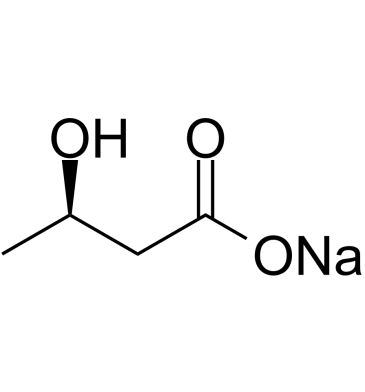
-
GC30661
(R)-3-Hydroxyisobutyric acid
(R)-3-Hydroxyisobutyric acid is an intermediate in the pathways of l-valine and thymine and plays an important role in the diagnosis of the very rare inherited metabolic diseases 3-hydroxyisobutyric aciduria and methylmalonic semialdehyde dehydrogenase deficiency.
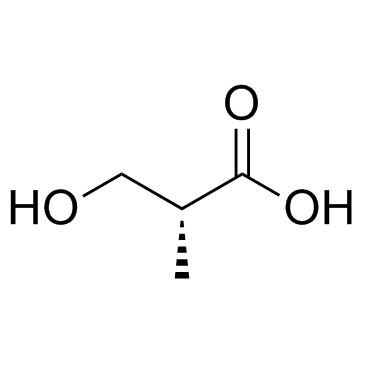
-
GC38282
(R)-5-Oxopyrrolidine-2-carboxylic acid
(R)-5-Oxoproline, (+)-Pyroglutamic Acid
(R)-5-Oxopyrrolidine-2-carboxylic acid is an endogenous metabolite.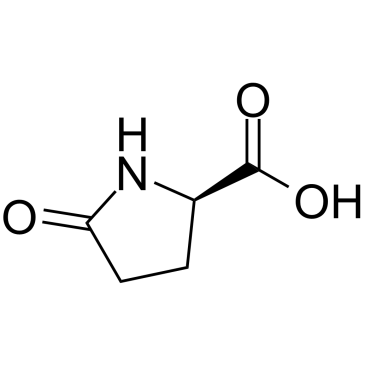
-
GC38364
(R)-Ornithine hydrochloride

-
GC38363
(R)-pyrrolidine-2-carboxylic acid
(R)-pyrrolidine-2-carboxylic acid is an endogenous metabolite.
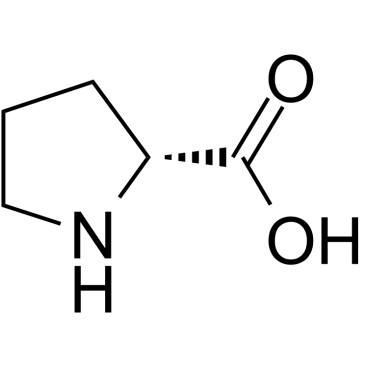
-
GC39832
(R,R)-(+)-Hydrobenzoin
(R,R)-(+)-Hydrobenzoin is a organocatalysts.
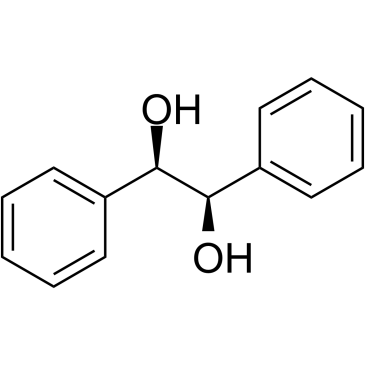
-
GC68414
(Rac)-Atropine-d3
(Rac)-Tropine tropate-d3; (Rac)-Hyoscyamine-d3
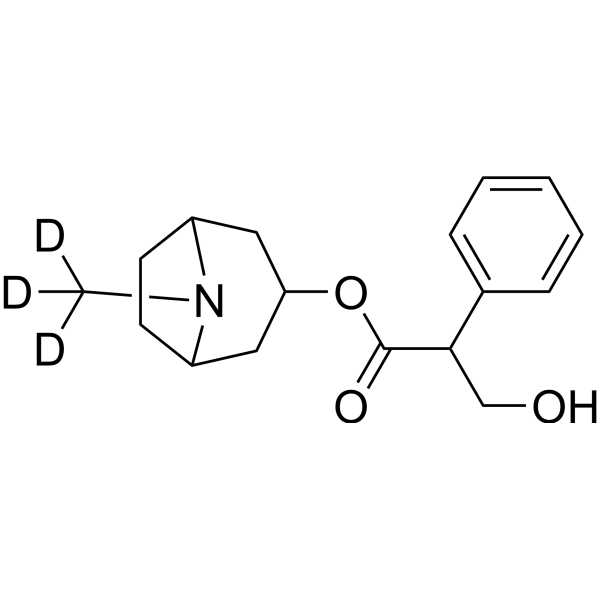
-
GC67993
(Rac)-Cotinine-d4
(±)-Cotinine-d4; (Rac)-NIH-10498-d4
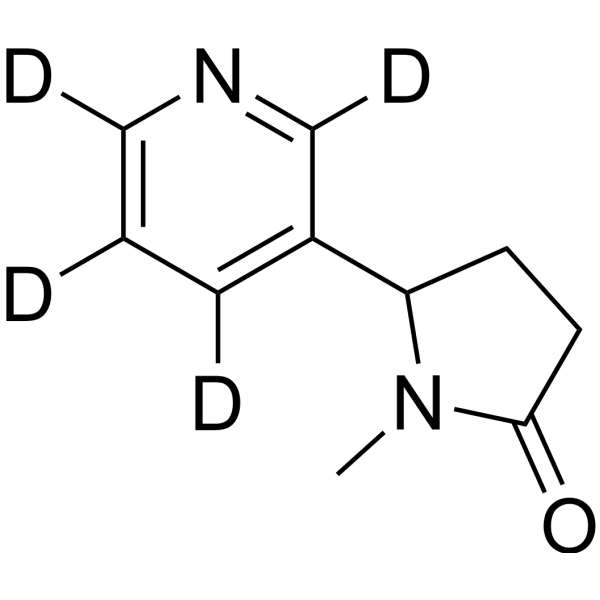
-
GC39833
(S)-(+)-1,2-Propanediol
(S)-(+)-1,2-Propanediol is an endogenous metabolite.
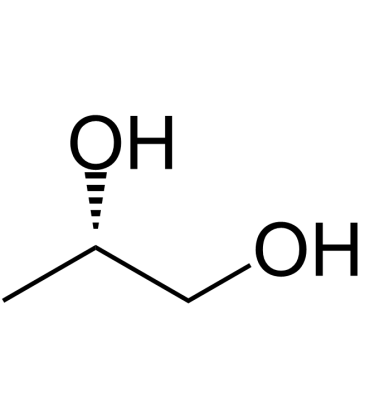
-
GC62747
(S)-(-)-Citronellal
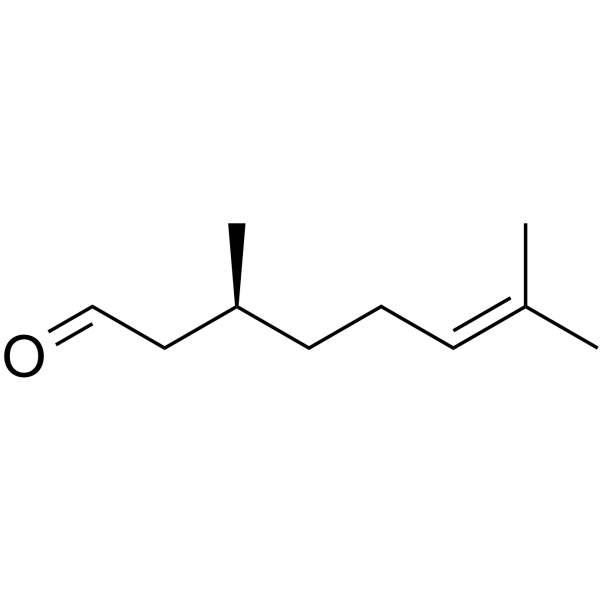
-
GC38371
(S)-(-)-Phenylethanol
(S)-(-)-Phenylethanol is an endogenous metabolite.
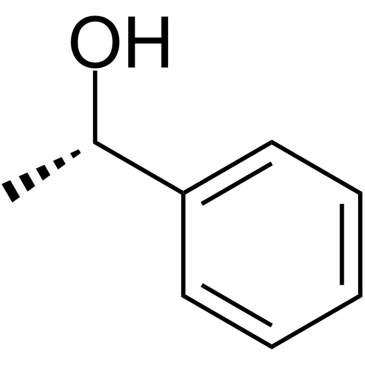
-
GC62748
(S)-2-Amino-3-(4-hydroxy-3,5-diiodophenyl)propanoic acid dihydrate
(S)-2-Amino-3-(4-hydroxy-3,5-diiodophenyl)propanoic acid dihydrate is an endogenous metabolite.
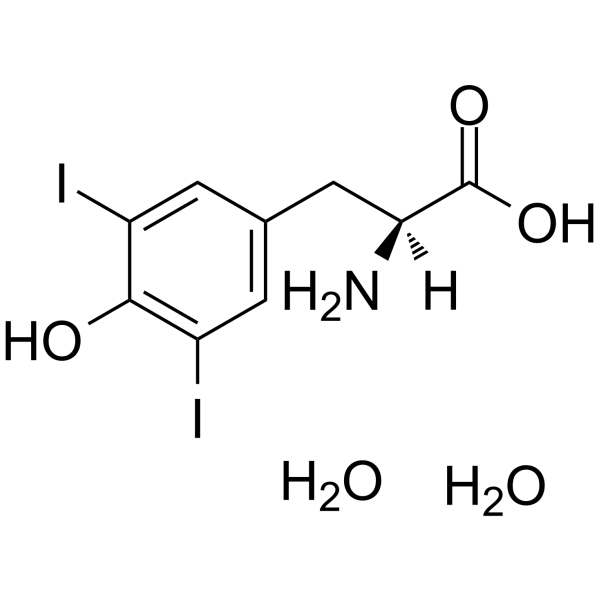
-
GC31630
(S)-2-Hydroxy-3-phenylpropanoic acid
(S)-2-Hydroxy-3-phenylpropanoic acid is a product of phenylalanine catabolism.
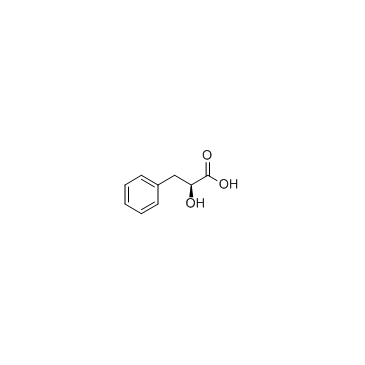
-
GC64746
(S)-2-Hydroxybutanoic acid
(S)-2-Hydroxybutanoic acid is the S-enantiomer of?2-Hydroxybutanoic acid.
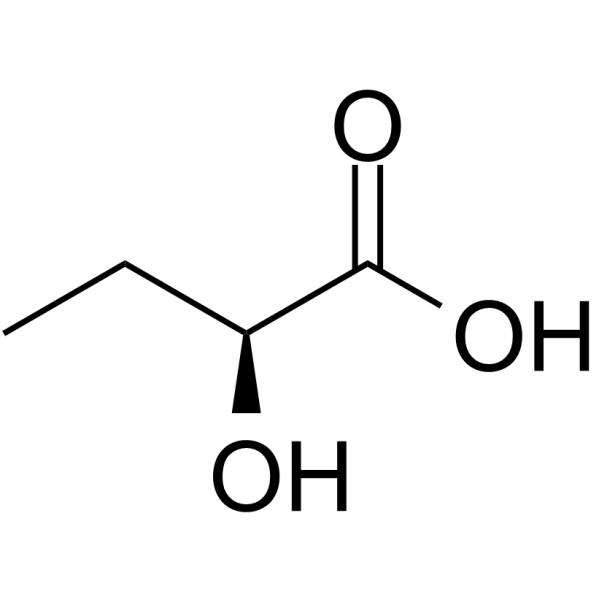
-
GC31622
(S)-2-Hydroxysuccinic acid
(S)-2-Hydroxysuccinic acid ((S)-2-Hydroxysuccinic acid) is a dicarboxylic acid in naturally occurring form, contributes to the pleasantly sour taste of fruits and is used as a food additive.
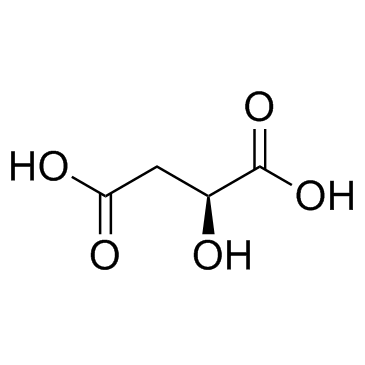
-
GC30649
(S)-3,4-Dihydroxybutyric acid
(S)-3,4-Dihydroxybutyric acid is a normal human urinary metabolite that is excreted in increased concentration in patients with succinic semialdehyde dehydrogenase (SSADH) deficiency.
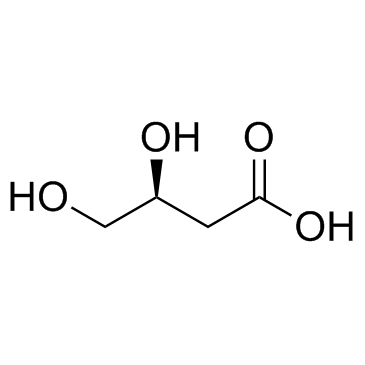
-
GC64473
(S)-3,4-Dihydroxybutyric acid lithium hydrate
(S)-3,4-Dihydroxybutyric acid (lithium hydrate) is a normal human urinary metabolite that is excreted in increased concentration in patients with succinic semialdehyde dehydrogenase (SSADH) deficiency.
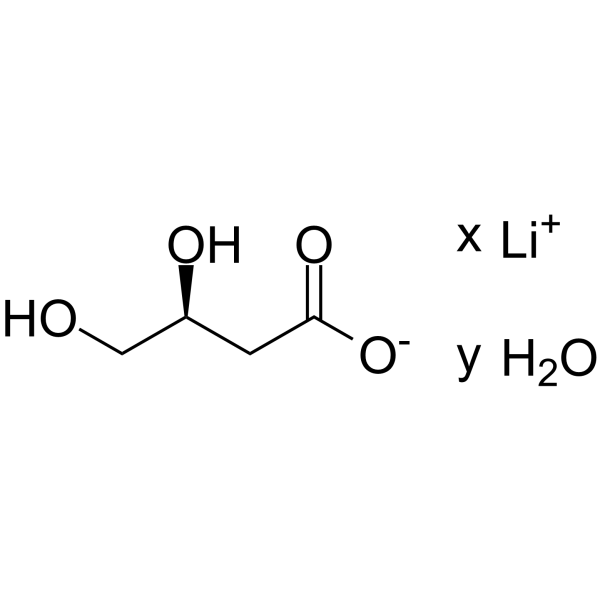
-
GC62749
(S)-3-Hydroxy-2-(Phosphonooxy)Propanoic Acid
(S)-3-Hydroxy-2-(Phosphonooxy)Propanoic Acid is an endogenous metabolite.

-
GC30304
(S)-3-Hydroxybutanoic acid ((S)-β-Hydroxybutanoic acid)
(S)-3-Hydroxybutanoic acid ((S)-β-Hydroxybutanoic acid) is a normal human metabolite, that has been found elevated in geriatric patients remitting from depression.
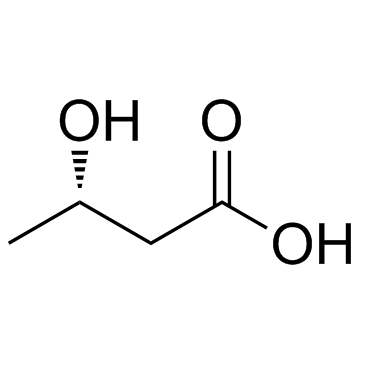
-
GC30623
(S)-3-Hydroxyisobutyric acid
(S)-3-Hydroxyisobutyric acid is an important interorgan metabolite, an intermediate in the pathways of l-valine and thymine and a good gluconeogenic substrate.
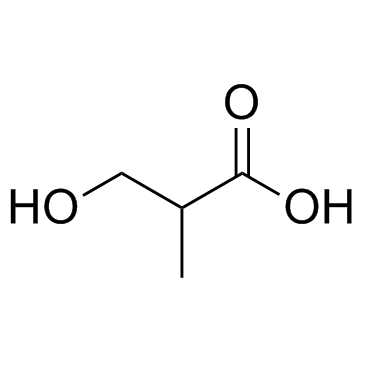
-
GC30148
(S)-b-aminoisobutyric acid
(S)-b-aminoisobutyric acid is a non-protein amino acid originating from the catabolism of thymine and valine.

-
GC62751
(S)-Higenamine hydrobromide
(S)-Higenamine ((S)-Norcoclaurine) hydrobromide, a S-enantiomer of Higenamine, is the entry compound in benzylisoquinoline alkaloid biosynthesis.
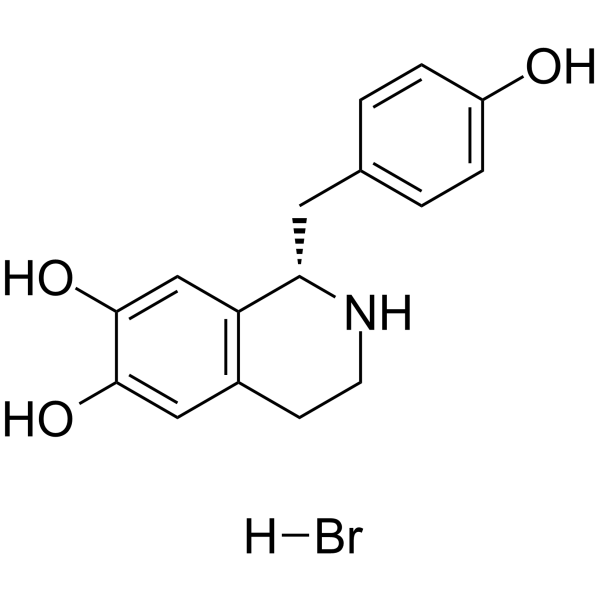
-
GC30735
(S)-Leucic acid
(S)-Leucic acid is an amino acid metabolite.
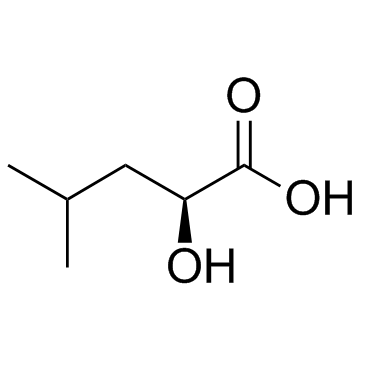
-
GC69914
(S)-Malic acid-d3
(S)-Hydroxybutanedioic acid-d3; (S)-E 296-d3
(S)-Malic acid-d3 is the deuterated form of (S)-Malic acid. (S)-Malic acid ((S)-2-Hydroxysuccinic acid) is a naturally occurring dicarboxylic acid and a source of fruity sour taste, commonly used as a food additive.
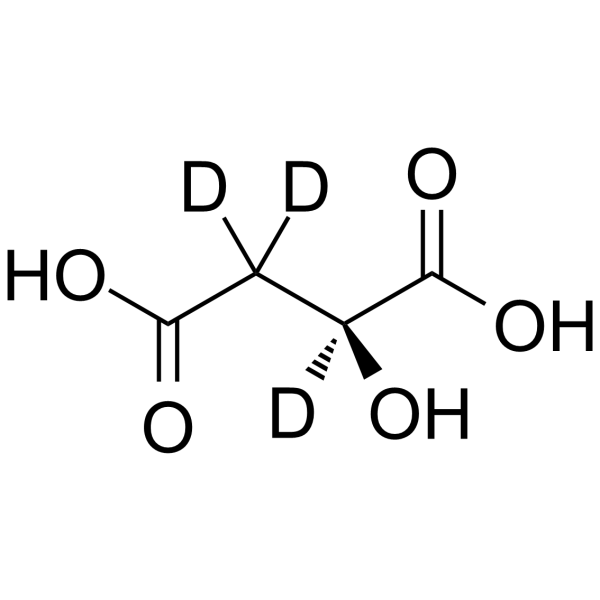
-
GC35003
(S)-Nornicotine
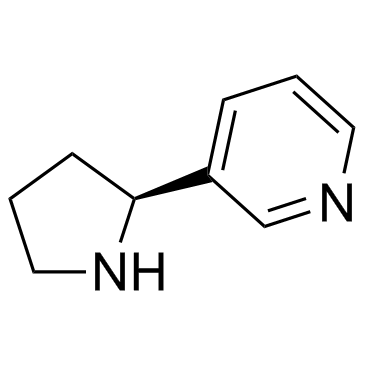
-
GC31253
(Z)-Hexadec-9-enoic acid
C16:1(9Z), C16:1 n-7, (9Z)-Hexadecenoic Acid, cis-Palmitoleic Acid
(Z)-Hexadec-9-enoic acid, a composition of fatty acid, is implicated in the prevention of death from cerebrovascular disorders in SHRSP rats.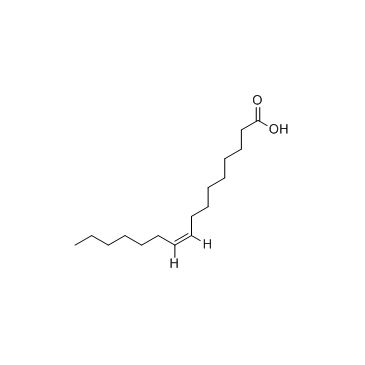
-
GC16375
(±)-Jasmonic Acid methyl ester
(±)-Methyl Jasmonate
(±)-Jasmonic Acid methyl ester is an endogenous metabolite.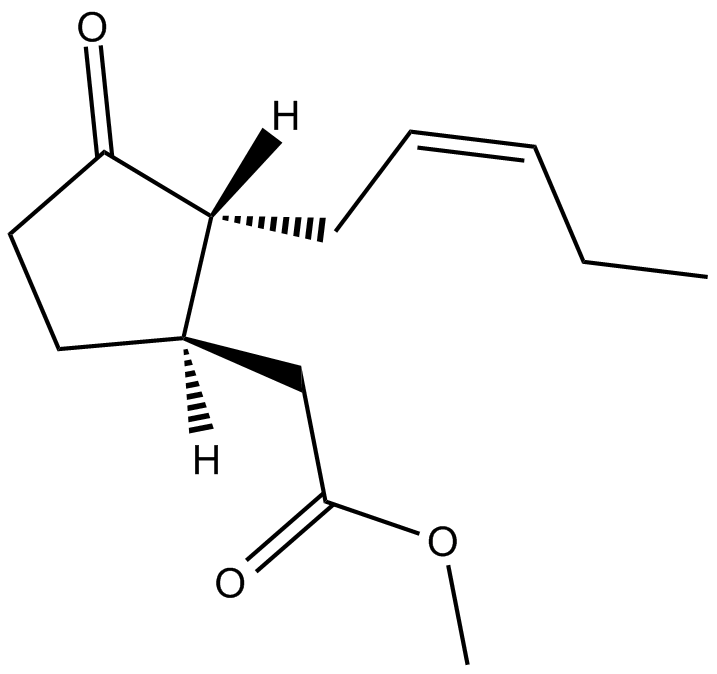
-
GC41765
1,2,3-Tri-13(Z)-Docosenoyl-rac-glycerol
Glycerol Tri-13(Z)-Docosenoate, Glycerol Trierucate, TG(22:1/22:1/22:1), Tri-13(Z)-Docosenoin, Trierucin
1,2,3-Tri-13(Z)-Docosenoyl-rac-glycerol is a trierucic acid triglyceride from the seed oil.
-
GC41767
1,2,3-Triarachidonoyl-rac-glycerol
Dynasan 120, TG(20:0/20:0/20:0), Trieicosanoate
1,2,3-Triarachidonoyl-rac-glycerol is an endogenous metabolite.
-
GC41768
1,2,3-Tridecanoyl-rac-glycerol
Glycerol Tricaprate, Glycerol Tridecanoate, TG(10:0/10:0/10:0), Tricaprin, Tridecanoin, Tridecanoylglycerol
1,2,3-Tridecanoyl-rac-glycerol (Glyceryl tridecanoate)is an orally available precursor of decanoic acid (DA) and can be hydrolyzed to DA.
-
GC46041
1,2,3-Trilinoleoyl-rac-glycerol
Glycerol Trilinoleate, TG(18:2/18:2/18:2), Trilinolein
1,2,3-Trilinoleoyl-rac-glycerol is an endogenous metabolite.
-
GC41774
1,2,3-Trimyristoyl-rac-glycerol
Glycerol Tritetradecanoate, Myristic Acid Triglyceride, NSC 4062, TG(14:0/14:0/14:0), Tritetradecanoyl Glycerol
1,2,3-Trimyristoyl-rac-glycerol, an active molluscicidal component ofMyristica fragransHoutt, significantly inhibits acetylcholinesterase (AChE), acid and alkaline phosphatase (ACP/ALP) activities in the nervous tissue ofLymnaea acuminata.
-
GC41778
1,2,3-Tripalmitoyl-rac-glycerol
Glycerol Trihexadecanoate, Glycerol Tripalmitate, Glyceryl Tripalmitate, TG(16:0/16:0/16:0), Trihexadecanoyl Glycerol, Tripalmitin, Tripalmitoylglycerol
1,2,3-Tripalmitoyl-rac-glycerol is an endogenous metabolite.
-
GC39766
1,2-Cyclohexanedione
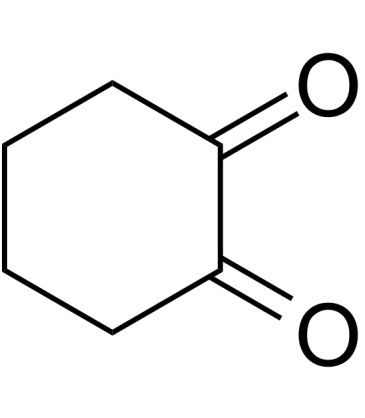
-
GC41804
1,2-Dimyristoyl-sn-glycero-3-PE
1,2-Dimyristoyl-sn-glycero-3-Phosphoethanolamine, 1,2-DMPE
1,2-Dimyristoyl-sn-glycero-3-PE is an endogenous metabolite.
-
GC41822
1,2-Dipalmitoyl-sn-glycero-3-PE
1,2-Dipalmitoyl-sn-glycerol-3-Phosphoethanolamine, 1,2-DPPE
1,2-Dipalmitoyl-sn-glycero-3-PE is an endogenous metabolite.
-
GC41825
1,2-Dipalmitoyl-sn-glycero-3-phosphate (sodium salt)
1,2-Dipalmitoyl-sn-glycero-3-phosphatidic Acid, 1,2-Dipalmyitoyl-sn-glycero-3-phophate, 1,2-DPPA, 16:0/16:0-PA
1,2-Dipalmitoyl-sn-glycero-3-phosphate (sodium salt) (compound 3-F7) is a phosphatidic acid and a human endogenous metabolite[1]In Vitro: Phosphatidic acids are biologically active lipids that can stimulate a large range of responses in many different cell types, such as platelet aggregation, smooth muscle contraction, in vivo vasoactive effects, chemotaxis, expression of adhesion molecules, increased tight junction permeability of endothelial cells, induction of stress fibres, modulation of cardiac contractility, and many others.
-
GC13877
1,2-Dipalmitoyl-sn-glycerol
1,2-DPG,NSC 269964
weak activator of PKC
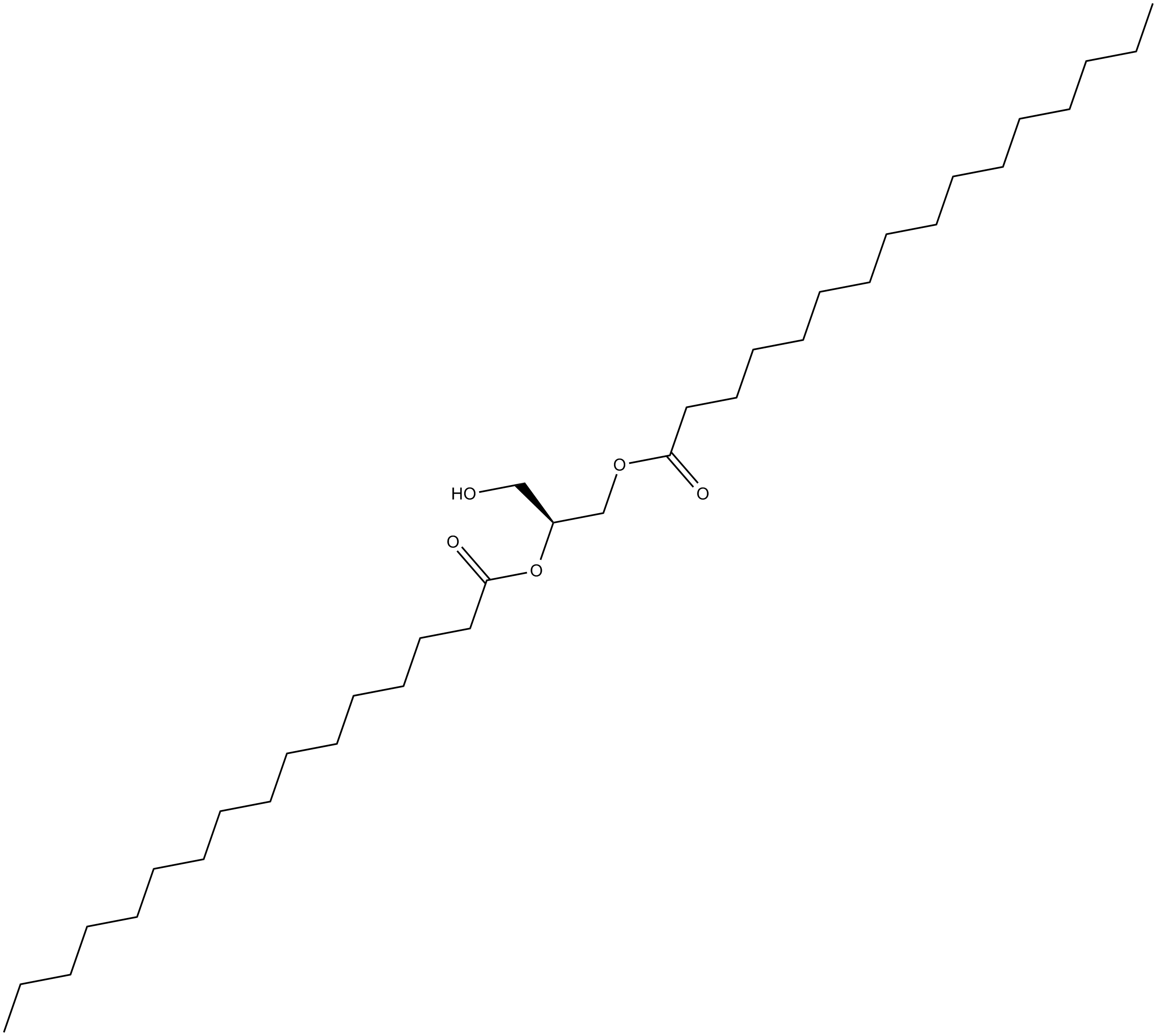
-
GC33621
1,2-Dipalmitoyl-sn-glycerol 3-phosphate
1,2-Dipalmitoyl-sn-glycerol 3-phosphate (compound 3-F7) is a phosphatidic acid and a human endogenous metabolite.
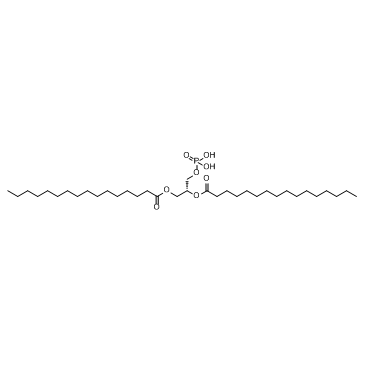
-
GC33789
1,2-Distearoyl-sn-glycero-3-phosphorylethanolamine (1,2-DSPE)
1,2-DSPE
1,2-Distearoyl-sn-glycero-3-phosphorylethanolamine (1,2-DSPE) (DSPE) is a phosphoethanolamine (PE) lipid that can be used in the synthesis of liposomes.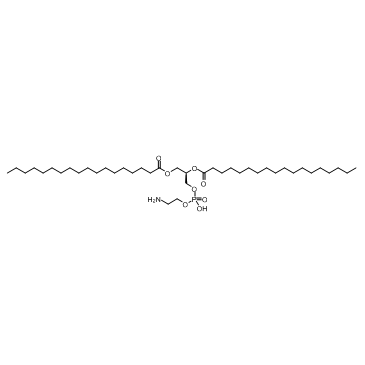
-
GC62352
1,3-Butanediol
1,3-Butanediol, an ethanol dimer providing a source of calories for human nutrition.
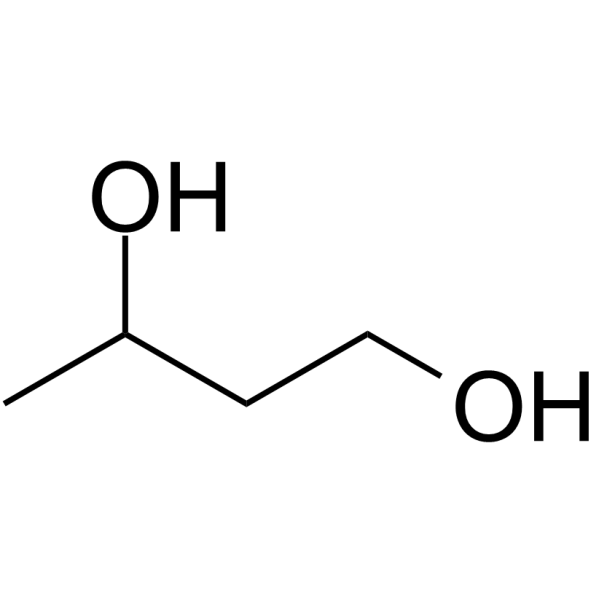
-
GC30742
1,3-Diaminopropane
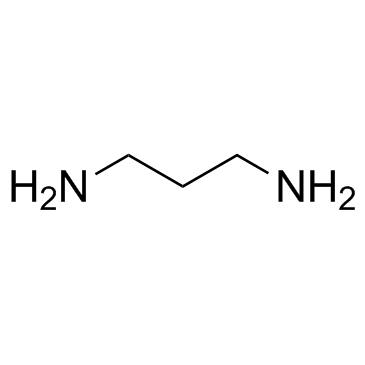
-
GC60433
1,3-Dimethyluracil
1,3-Dimethyluracil is a pyrimidone derives from a uracil.
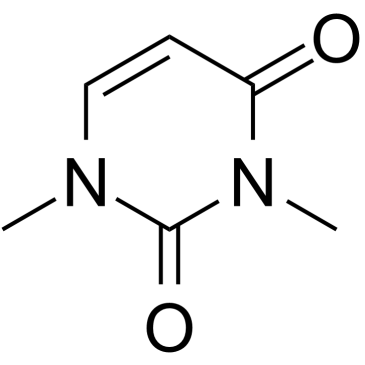
-
GC30749
1,3-Dimethyluric acid
Ba 2751, 1,3-DMU, 1,3-DMUA, NSC 95854
1,3-Dimethyluric acid is a product of theophylline metabolism in man.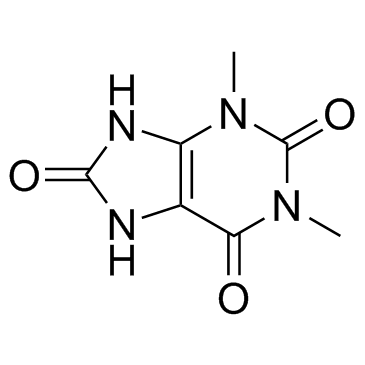
-
GC60011
1,3-Dithiane
1,3-Dithiane is a protected formaldehyde anion equivalent that could serve as a useful labeled synthon.
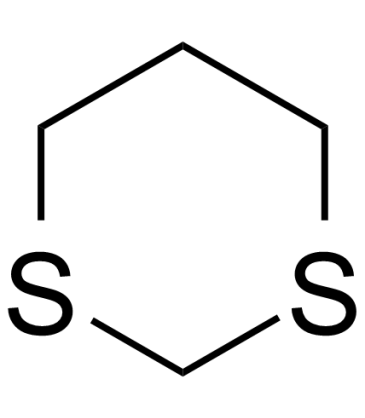
-
GC62755
1,4-D-Gulonolactone
1,4-D-Gulonolactone is an endogenous metabolite.
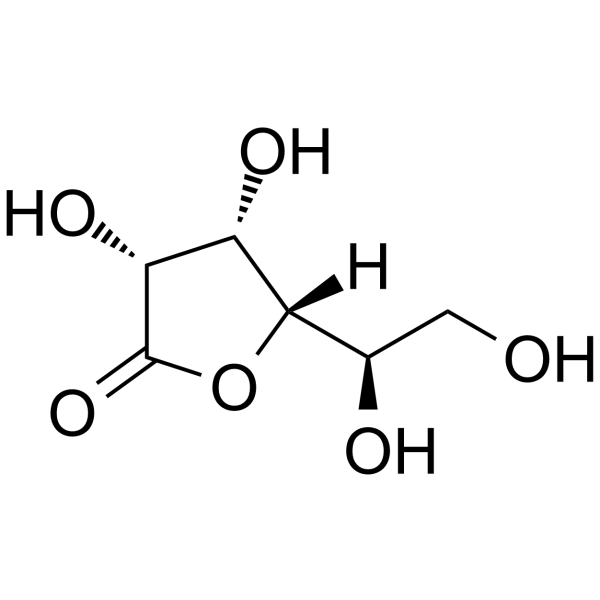
-
GC35039
1,4-Diaminobutane dihydrochloride
1,4-Diaminobutane (Putrescine) dihydrochloride is an endogenous metabolite, acts as an indicator of pollution-induced stress in higher plants: barley and rape stressed with Cr(III) or Cr(VI).
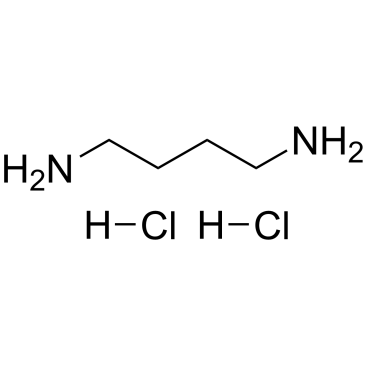
-
GC68486
1,4-Diaminobutane-d8 dihydrochloride
1,4-Diaminobutane-d8 (dihydrochloride) is the deuterated form of 1,4-Diaminobutane dihydrochloride. 1,4-Diaminobutane (Putrescine) dihydrochloride is an endogenous metabolite that can serve as an indicator of pollution caused by Cr(III) or Cr(VI) stress in higher plants such as barley and rapeseed.
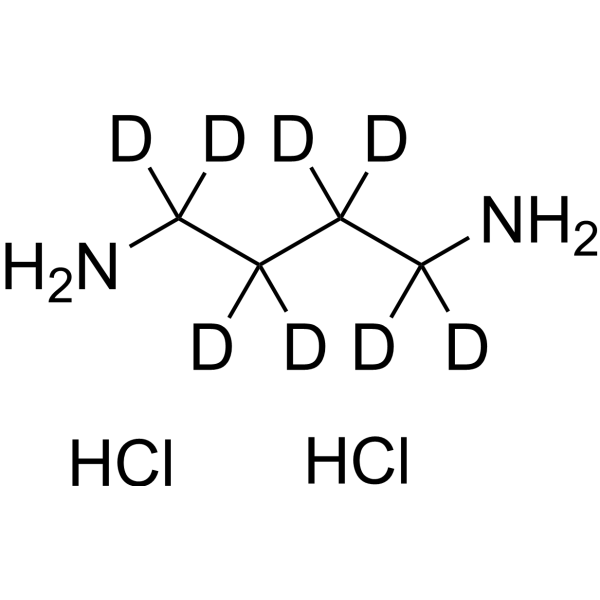
-
GC60435
1,4-Dimethoxybenzene
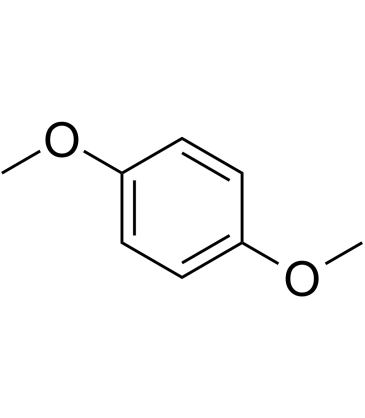
-
GC38242
1,4-Dioxane-2,5-diol
1,4-Dioxane-2,5-diol is an endogenous metabolite.
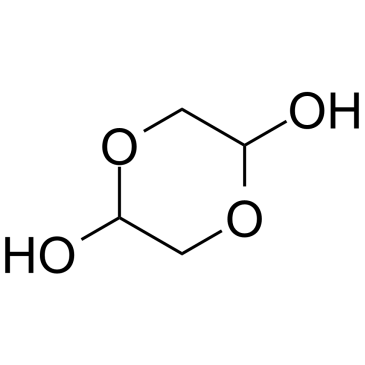
-
GC33801
1,5-Anhydrosorbitol
1,5-AG, 1,5-Anhydroglucitol, 1,5-Anhydro-D-sorbitol, 1,5-Anhydrosorbitol, 1-Deoxy-D-glucopyranose, 1-Deoxy-D-glucose, 1,5-D-Sorbitol
A monosaccharide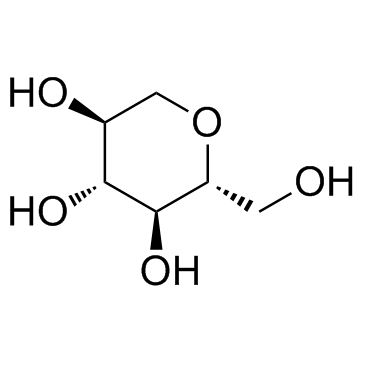
-
GC19717
1,6-anhydroglucose
1,6-anhydroglucose (1,6-Anhydro-β-D-glucopyranose) is an anhydrosugar produced through glucan pyrolysis and is widely found in nature.
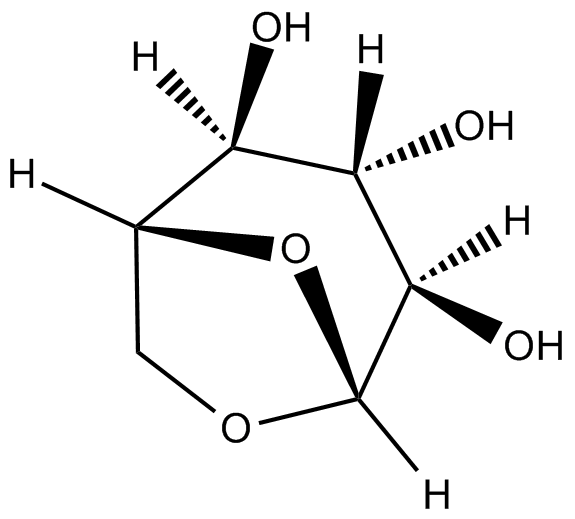
-
GC38270
1-Aminocyclopropane-1-carboxylic acid
ACC, ACPC, NSC 98430
An NMDA receptor partial agonist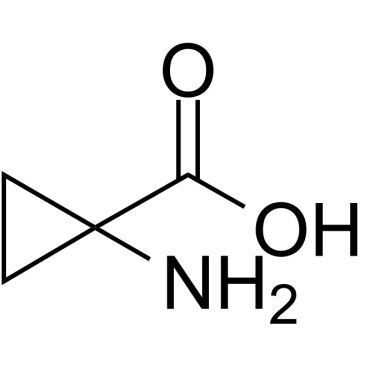
-
GC64404
1-Aminopropan-2-ol
1-Aminopropan-2-ol is a microbial metabolism of amino alcohol metabolism via propionaldehyde and acetaldehyde in a species of Pseudomonas.
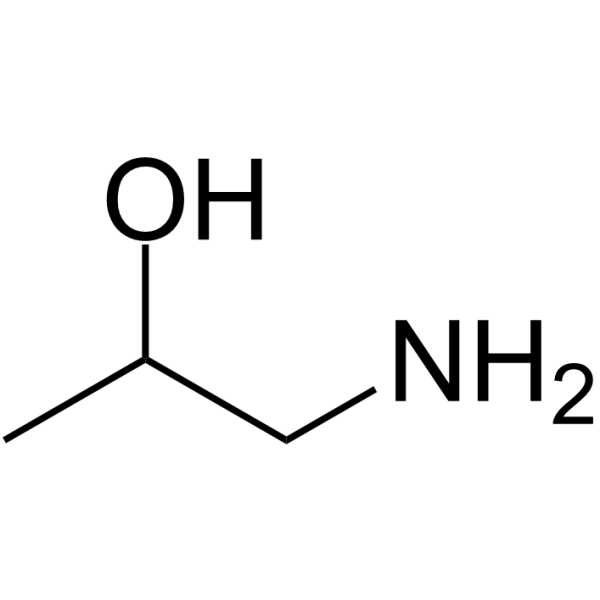
-
GC35029
1-Arachidoyl-sn-glycero-3-phosphocholine
1-Arachidoyl-sn-glycero-3-phosphocholine is a lysophospholipid (LyP).
